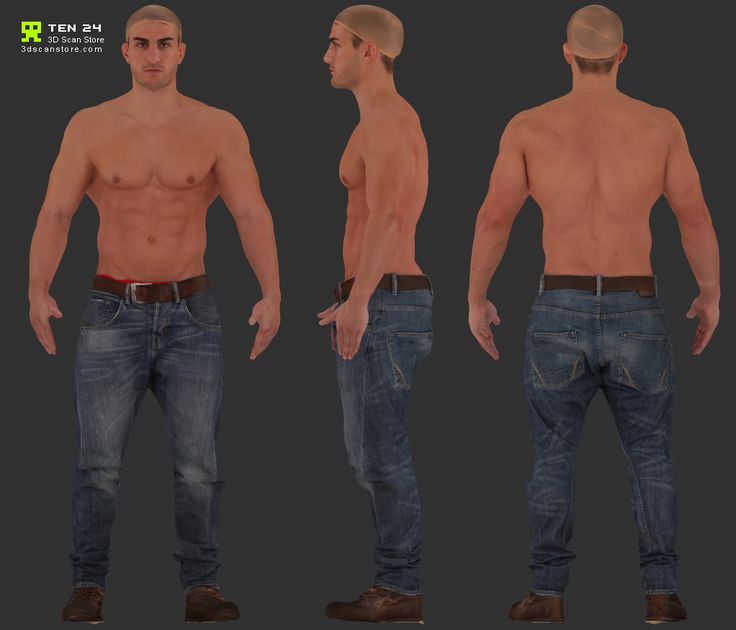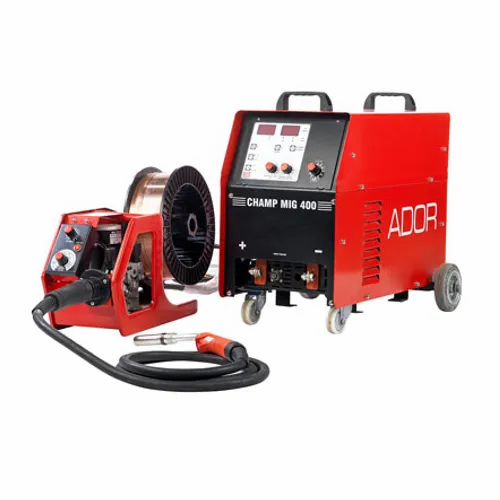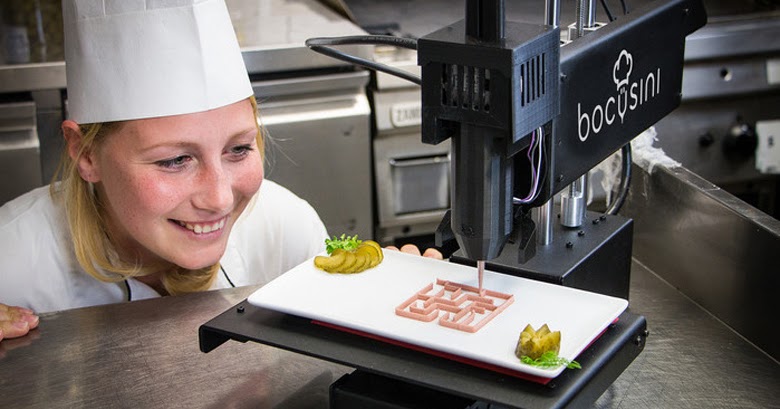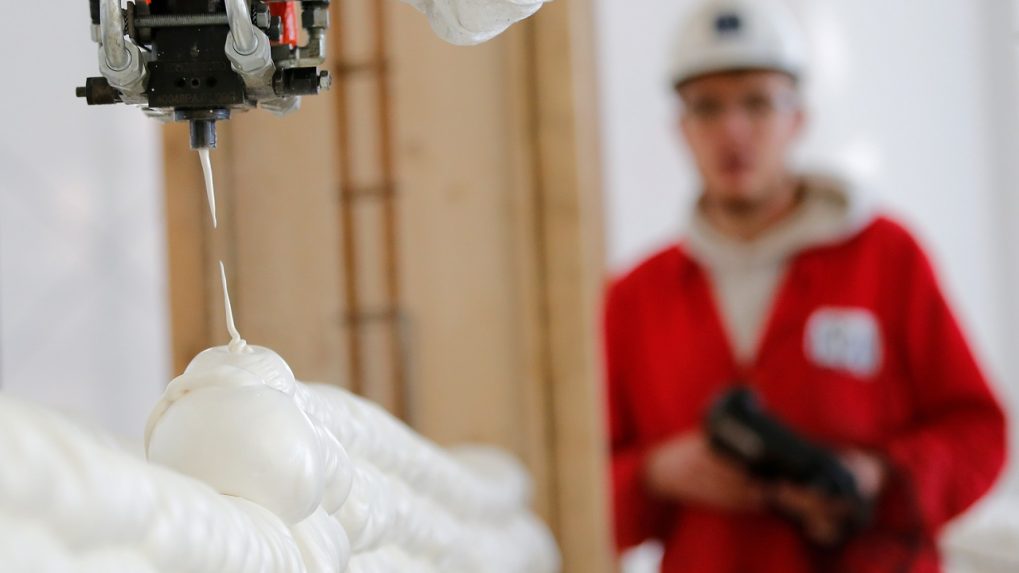3D scanner animation
3D Laser Scanning Used To Make Animation and Special Effects
If we look at how technology has exploded within the past century it should make our heads spin. The key word is “should”. The truth is, though, that our heads aren’t spinning. In fact we might even feel things are a bit slow. That is because we were born into it a digital world. Some of us grew up only seeing flip phones turn to smartphones. We can’t feel the speed because we are sitting on the train. The truth is that technologies has developed incredibly fast. One of those technologies is special effects. The way that movies create animation and special effects has gone to simply pencil drawings to using 3D laser scanning services technology.
Flip book to 3D laser Scanning Services
Things in the movie industry have gone a long ways. I suppose the first movie with animation and special effect was the flip book. You know, those books with pictures that change slightly with every page. When you flip through them quickly it appears as a motion picture. The next step was projector film. Not much could be done in the early days for special effects except props and mechanical effects. Then came some optical effects like superimposing. Later on came computer graphics effects. Special effects and animation really became a lot easier when computers took over. I remember seeing behind the scenes footage of how they created special effects for Star Wars. They had to build miniature models of everything. The later movies needed a lot less work because of computer technology. Nowadays film producers like George Lucas are using 3D laser scanning services to create animations and special effects.
Make It's a snap by 3D laser scanning
3D laser scanning services technology is a good tool for the film industry. Such technology takes a lot of the work out of taking an object that exists in the real world and digitizing them for use on the screen. For example, the work needed for the creation of an animation character without 3D laser scanning was tedious. Every character and object had to be draw through some kind of draw and paint type program. Every shape had to be done with lines, squares, circles, and fill tools. 3D scanning services has now made animation a snap. Objects don’t need to be drawn by hand and created from scratch on the computer. They can be directly scanned in the the program. The 3D scanner does a quick and incredibly detailed capture of any object that it scans. The shape of the object that was scanned can then be modified within the program. No need to spend hours and hours on creating graphics. The coolest graphics can be scanned right in. It can be done in a snap.
Every character and object had to be draw through some kind of draw and paint type program. Every shape had to be done with lines, squares, circles, and fill tools. 3D scanning services has now made animation a snap. Objects don’t need to be drawn by hand and created from scratch on the computer. They can be directly scanned in the the program. The 3D scanner does a quick and incredibly detailed capture of any object that it scans. The shape of the object that was scanned can then be modified within the program. No need to spend hours and hours on creating graphics. The coolest graphics can be scanned right in. It can be done in a snap.
I am sure by the way things are going that we will be seeing even better improvement with special effect and animation in the not so far future. For most of us though, how they do it is not so much of a concern as just being able to watch and enjoy it.
Keep reading: more articles about 3D scanning
Uncategorized, 3D Laser Scanning, 3D Laser Scanning ApplicationInformation, IT & Technology, Performance and EntertainmentTools of the Forensic 3D Animation Trade: 3D Laser Scanners
Technology has come a long way, and in the last ten years alone there have been some incredible developments that help make us more efficient. Graphics, illustrations, presentations, and even forensic 3D animation in the courtroom have drastically evolved and continue to be a priceless tool that legal teams of all sizes utilize to add value and see success in their cases.
Graphics, illustrations, presentations, and even forensic 3D animation in the courtroom have drastically evolved and continue to be a priceless tool that legal teams of all sizes utilize to add value and see success in their cases.
In our industry and in the world of legal graphics, 3D laser scanners are a major game changer. In order to create accurate courtroom animations, we utilize the latest graphics technology along with 3D laser scanners to ensure that our content is scientifically correct and consistent.
This technology allows us to perfectly replicate the environment of a specific event – quickly and accurately! This helps us take the guesswork out of the most difficult part of 3D modeling, measuring placement, distances and curvatures.
How Does 3D Laser Scanning Work?A 3D laser scanner is kind of like a camera, it can only capture what is directly in its field of view. Once the scanner starts working it will project a laser line onto the object and then a sensor will measure the distance to the surface of the object.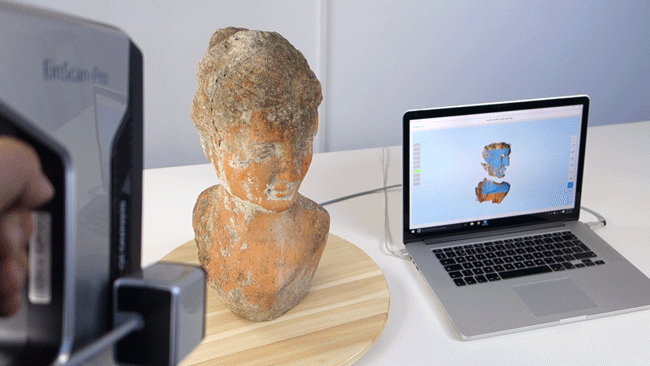 Once that data is processed it can be converted into a digital image and then a CAD model.
Once that data is processed it can be converted into a digital image and then a CAD model.
3D laser scanners use a very advanced technology that digitally captures the shape of a physical object using a line of laser light.
This allows us to capture the exact size and shape of the object and then transfer it into a computer as a digital three-dimensional representation. 3D laser scanners are extremely beneficial for courtroom animations because they can measure the fine details of an object and capture shapes, which makes them an ideal tool to use when we need to measure or capture a complex surface.
When we use 3D laser scanners in our forensic 3D animation services, it allows us to ensure that our work is extremely accurate. This is very important when it comes to using animation as part of your trial because you can present a judge and jury with a real-world view of a crime scene or accident without physically having to visit the site.
How Do 3D Laser Scanners Benefit Your Case?Did you know that most of us primarily visual learners?
This means that we can comprehend information up to 80% better when it is presented to us with a visual aid as opposed to only listening to a lecture.
When we use 3D laser scanners as part of our animation services it makes our work extremely realistic, which is essential when trying to prove a point or delivering an argument that can make or break a case.
Whether we are recreating a car accident or highlighting specific parts of a machine, when we use 3D laser scanners the animation is scientifically accurate, which makes it admissible to trial.
Here are some of the main benefits to using 3D laser scanners and forensic 3D animation as a part of your case:
- Admissibility – In order for an animation to be admitted as evidence it must first be validated by an expert or witness testimony. This means that experts and witness must be consulted during the creation of the animation. The worst thing is when an animation is not admitted due to lack of authentication. We are proud to share we have a 99% admittance rate and work hard to ensure our animations meet all standards for admittance.
 Whether it is a line-of-sight obstruction in an automobile collision or an extremely small and detailed part of a machine in a products liability case, using a 3D point cloud ensures the creation of the 3D model will be scientifically accurate.
Whether it is a line-of-sight obstruction in an automobile collision or an extremely small and detailed part of a machine in a products liability case, using a 3D point cloud ensures the creation of the 3D model will be scientifically accurate. - Impact – When you are trying to capture the shrinking attention spans of today’s jurors, animation can be your best friend. Presentation is key when delivering a message to a judge, jury or mediator and animations can visually engage your audience while conveying complex facts in a way that is easy to understand and remember. Using a point cloud in the creation process acts as a blueprint that allows the artist to create the most realistic graphics possible. Having animations and graphics be as accurate as possible is essential in conveying the points that will make or break a case.
- Value – Creating a three-dimensional environment is time consuming and one of the most expensive parts about animation.
 Using point clouds reduces cost and time. Working from a 3D blueprint as opposed to traditional data (pictures, total station surveys, aerial imagery) allows the artist to create a 3D object or environment in a fraction of the time as using other sources of data. We also offer various solutions to our clients to help reduce expenses, including placing a computer-generated 3D model within a traditional photograph of a scene. For example, we can use a real-world photograph of a location and animate objects or people into this scene – this is a cost-effective solution that is still high quality, scientifically accurate and aesthetically pleasing.
Using point clouds reduces cost and time. Working from a 3D blueprint as opposed to traditional data (pictures, total station surveys, aerial imagery) allows the artist to create a 3D object or environment in a fraction of the time as using other sources of data. We also offer various solutions to our clients to help reduce expenses, including placing a computer-generated 3D model within a traditional photograph of a scene. For example, we can use a real-world photograph of a location and animate objects or people into this scene – this is a cost-effective solution that is still high quality, scientifically accurate and aesthetically pleasing.
The Bottom Line of Laser Scanners & Forensic 3D Animation
At Courtroom Animation we work hard to provide advanced animation services to our clients and help them turn a legal argument into a visual narrative.
We do this by working closely with experts and witnesses so we can make sure that our animations are not only compelling but also accurate.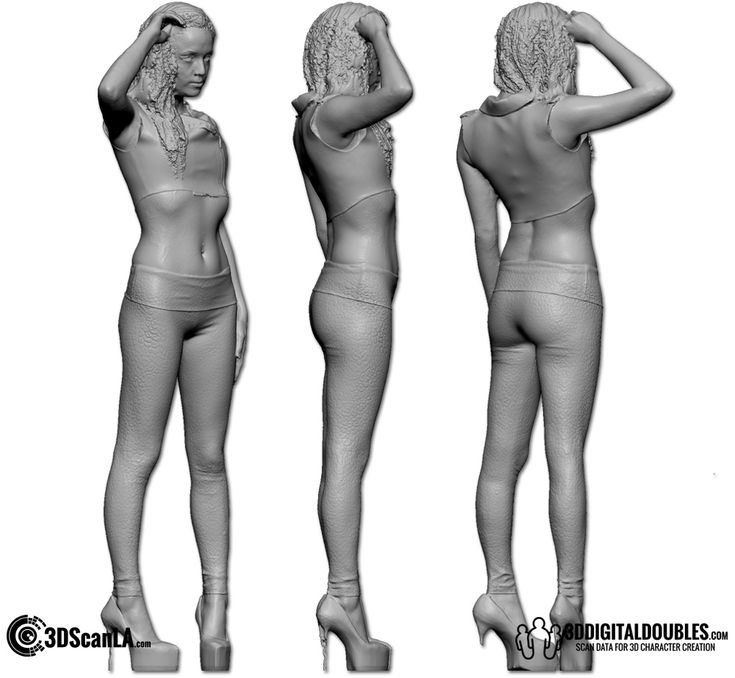
There is so much we can do to help our clients – we can create line of sight studies, time distance diagrams, technical graphics, medical and forensic illustrations and so much more!
The technology that we use for our work is top of the line and our graphics specialists are extremely talented and experienced in creating trial graphics and animations for your needs.
If you are interested in learning more about our services and about how 3D laser scanners and animations can benefit your legal team, please don’t hesitate to contact us.
We encourage you to check out our client testimonials and browse through our results page to get an idea of what we do and what we can offer you. We look forward to hearing from you and working with you soon.
Tags: Forensic Animation, Tools of the Trade
3D scanning in the creation of visual effects of the series
3D scanning in the creation of visual effects of the series
Konstantin Innokentiev
3D scanning engineer, metrology expert
2CGVFX used Artec 3D scanners to create a digital replica of the Sleepy Hollow character.
2CGVFX used Artec 3D scanners to create a digital replica of the Sleepy Hollow character.
Task: to create a digital copy of the character of the series
Second Chance Games & Visual Effects (Atlanta, USA) is a company that develops visual effects for film, television, computer games, and animation. One of the last works of the studio was participation in the creation of one of the episodes of the third season of the series Sleepy Hollow.
2CGVFX specialists had a computer doppelgänger of a character named Wright. This is the demon, played by actor Alexander Ward, from the second episode of the third season. For digitization, it was decided to use Artec 3D handheld 3D scanners. nine0003
Difficulties
Studio representatives had to scan, experimenting with the settings of 3D scanners.
The character's clothes are made of different materials. Some consisted of mesh, translucent. There were black shiny areas.
All this made the 3D scanning process difficult. We quickly realized that we needed to change the settings, adapting them to suit materials. Decreased the brightness slightly so that scanners can distinguish the surface through reflections from it. I also had to increase the sensitivity of the scanner and move it a little slower. nine0024 Vic Holt, Vice President of 2CGVFX
Task: to create a digital copy of the character of the TV series
Second Chance Games & Visual Effects (Atlanta, USA) is a company that develops visual effects for cinematography, television, computer games, animation. One of the last works of the studio was participation in the creation of one of the episodes of the third season of the series Sleepy Hollow.
2CGVFX specialists had a computer doppelgänger of a character named Wright. This is the demon, played by actor Alexander Ward, from the second episode of the third season. For digitization, it was decided to use Artec 3D handheld 3D scanners.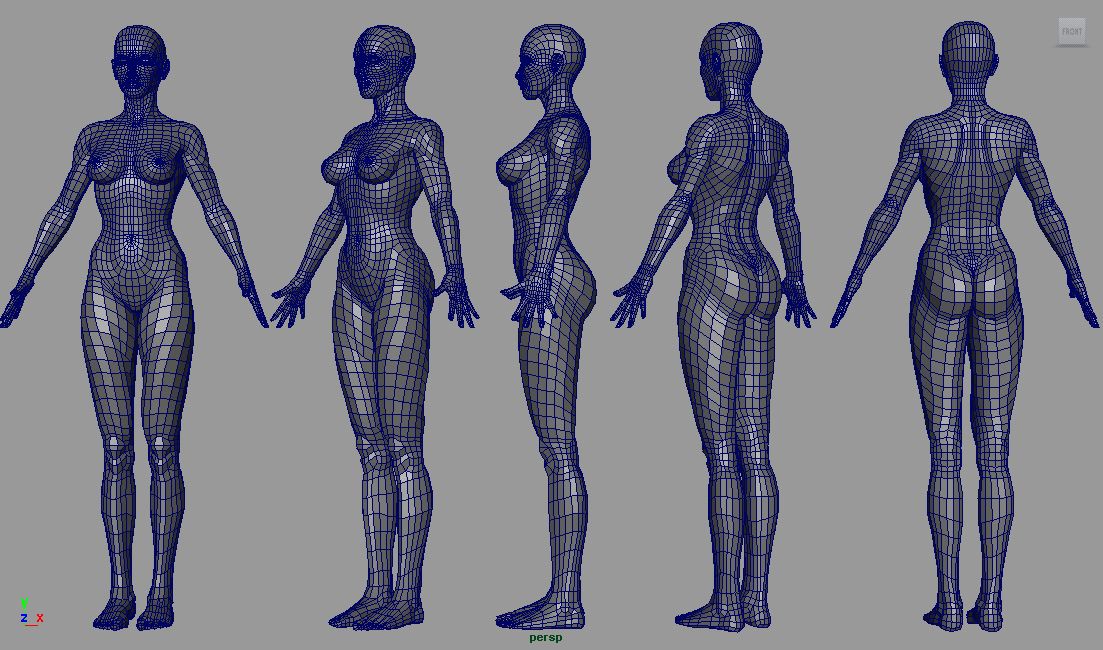 nine0003
nine0003
Difficulties
Studio representatives had to scan, experimenting with the settings of 3D scanners.
The character's clothes are made of different materials. Some consisted of mesh, translucent. There were black shiny areas. All this made the 3D scanning process difficult. We quickly realized that we needed to change the settings, adapting them to suit materials. Decreased the brightness slightly so that scanners can distinguish the surface through reflections from it. I also had to increase the sensitivity of the scanner and move it a little slower. nine0024 Vic Holt, Vice President of 2CGVFX
The total area of the scanned surface was quite large. Therefore, the whole process was divided into a series of stages, scanned in parts with a large number of scan overlays. This is a necessary condition for high-quality gluing of the final model. At the same time, two 3D scanners were used at once - Artec Eva to scan the mantle and Artec Spider to digitize the actor's face, where deeper detail was required.
The total area of the scanned surface was quite large. Therefore, the whole process was divided into a series of stages, scanned in parts with a large number of scan overlays. This is a necessary condition for high-quality gluing of the final model. At the same time, two 3D scanners were used at once - Artec Eva to scan the mantle and Artec Spider to digitize the actor's face, where deeper detail was required. nine0003
The character's robe was heavy, so the actor stood on a special rotating platform, leaning on two poles. This made it possible to maintain the desired position throughout the entire scanning process.
2CGVFX also used special compact monitors to monitor the scanning process in real time. They connected to the computer via an HDMI cable.
The character's robe was heavy, so the actor stood on a special rotating platform, leaning on two poles. This made it possible to maintain the desired position throughout the entire scanning process. nine0003
2CGVFX also used special compact monitors to monitor the scanning process in real time. They connected to the computer via an HDMI cable.
They connected to the computer via an HDMI cable.
The result of the work
The result of the work
consent to the processing of my personal data in accordance with the privacy policy and user agreement. nine0003
Laboratory of Virtual Fashion and Digital Design St. Petersburg State University of Technology and Design (Technopark)
Laboratory of Virtual Fashion and Digital Design is a technological space for the commercialization of university processes through the design and practical activities of students and specialists of the St. Petersburg State University of Industrial Technology and Design.
The main technologies in the laboratory space are:
- 3D scan with Texel Portal MX 3D growth scanner and Shining Einscan HD Pro handheld scanner; nine0080
- 3D printing with two technologies: IDEX using Raise 3D printers and SLA using Formlabs 3 printer;
- Oculus Quest 2 and HTC Vive virtual and augmented reality glasses.

Personal workstations
The laboratory has 24 modern workstations for individual and group design work. Each station can work with all the equipment and accessories presented in the space. Also, the same number and types of software are installed on all workstations. nine0003
Texel Portal MX growth scanner
The 3D growth scanner is presented in the laboratory, with which you can get a 3D model of a real person within 10 minutes. Also, one of the main functions of the scanner is to obtain measurements of the human body, which can later be used to create individual items of clothing and accessories.
Main functions: scanning, building a 3D model, preparation for 3D printing, auto-rigging for animation of a 3D model, determination of measurements. A 3D scanner can serve up to 30 people per hour. nine0003
Shining Einscan 3D Pro Handheld Scanner
Using the Shining handheld scanner, it becomes possible to obtain 3D models of all kinds of large and small objects (accessories, parts and mechanisms, body parts, faces, etc. ) with high detail. The resulting 3D models can be edited in most popular 3D editors.
) with high detail. The resulting 3D models can be edited in most popular 3D editors.
Main functions: high accuracy and resolution when scanning parts of different sizes, high scanning speed, building a 3D model, preparing for 3D printing. nine0003
Raise 3D E2 and Formlabs Form 3 3D printers
Using the laboratory's 3D printers, it is possible to print both a full scale model and a set of parts from which to assemble the finished product. Due to the abundance of materials and two printing technologies, it is possible to print models from plastics containing particles of wood, metal, rubber and elastic plastics, various kinds of polymers.
Features of the Raise 3D E2 3D printer: 3 printing modes: duplication (printing two models at the same time), mirror printing (mirror image of models when printing), standard printing with 1 or 2 extruders. nine0003
Features of the Formlabs Form 3 3D printer: able to print almost any product with any, even very complex geometry, recreating the smallest details.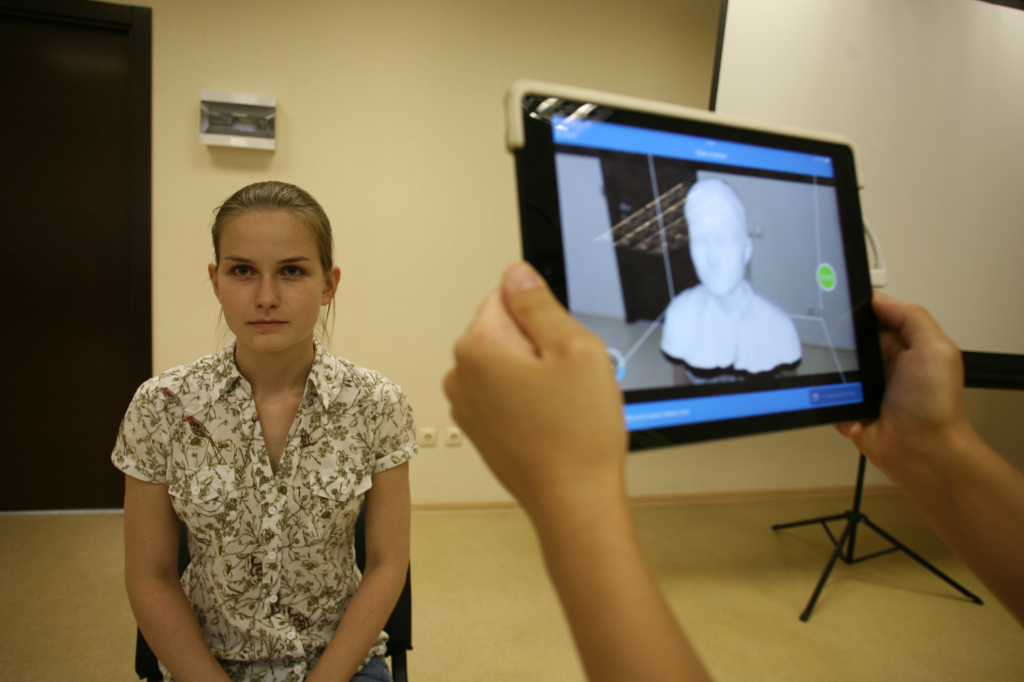 The LFS technology provides high quality of detailing thanks to the accurate and pure laser spot on all model surface.
The LFS technology provides high quality of detailing thanks to the accurate and pure laser spot on all model surface.
Virtual reality glasses
Thanks to augmented and virtual reality glasses, you can load a previously created 3D object into a virtual space and evaluate its interaction with the environment, set additional parameters for it. Software is also available for creating virtual events (meeting rooms) where you can interact with other people and host fashion shows, for example. nine0003
Software:
Clo 3D is a program for virtual fabric design. The tools developed by CLO3D allow you to create accurate simulations of 23 types of fabric (including skin), and then put on virtual clothes on a 3D computer model of a person. To work with the program, a manual, growth scanner, AR / VR glasses are used.
Blender is a professional software for creating three-dimensional computer graphics, including tools for modeling, sculpting, animation, simulation, rendering, post-processing and editing video with sound, compositing using "nodes" (Node Compositing), as well as creating 2D animations. To work with the program, a manual, growth scanner, AR / VR glasses are used. nine0003
To work with the program, a manual, growth scanner, AR / VR glasses are used. nine0003
Tilt Brush - the program allows you to draw in three dimensions, with a change in the angle of inclination and the ability to rotate the resulting image. In addition to the usual "paints", you can draw using unusual materials, including light, stars and smoke. All this works interactively, so you can create a moving picture if you want. AR/VR glasses are used to work with the program.
Gravity Sketch is designed to introduce artists to 3D printing, and 3D print enthusiasts, in turn, to the basics of sketching. The application is much simpler than the technical CAD programs that most 3D designers use. Gravity Sketch simplifies 3D design into an intuitive creative process and supports multiplayer mode for up to 4 people. AR/VR glasses are used to work with the program. nine0003
Adobe Creative Cloud is a suite of 20+ apps for photography, video editing, design, web content creation, UX and social media content. In addition, important elements are built into the applications, such as color palettes, font families, collaboration tools, and more.
In addition, important elements are built into the applications, such as color palettes, font families, collaboration tools, and more.
Unreal Engine is a new generation game engine that allows you to create games of any genre. Thanks to the use of C++, the user's possibilities are almost limitless in game development. To work with the program, a manual, growth scanner, AR / VR glasses are used. nine0003
Autodesk 3ds Max is professional 3D modeling, animation and visualization software for game creation and design. To work with the program, a hand-held, full-length scanner, AR / VR glasses, 3D printers are used.
Autodesk Maya - editor of three-dimensional graphics. Maya has extensive 3D animation, modeling and rendering functionality. The program is used to create animation, environments, motion graphics, virtual reality and characters. To work with the program, a hand-held, full-length scanner, AR / VR glasses, 3D printers are used.